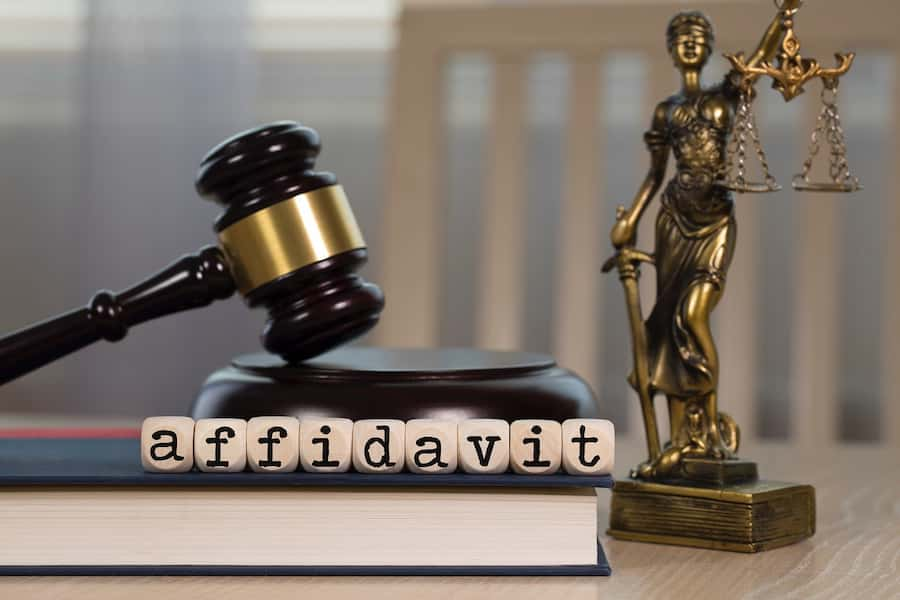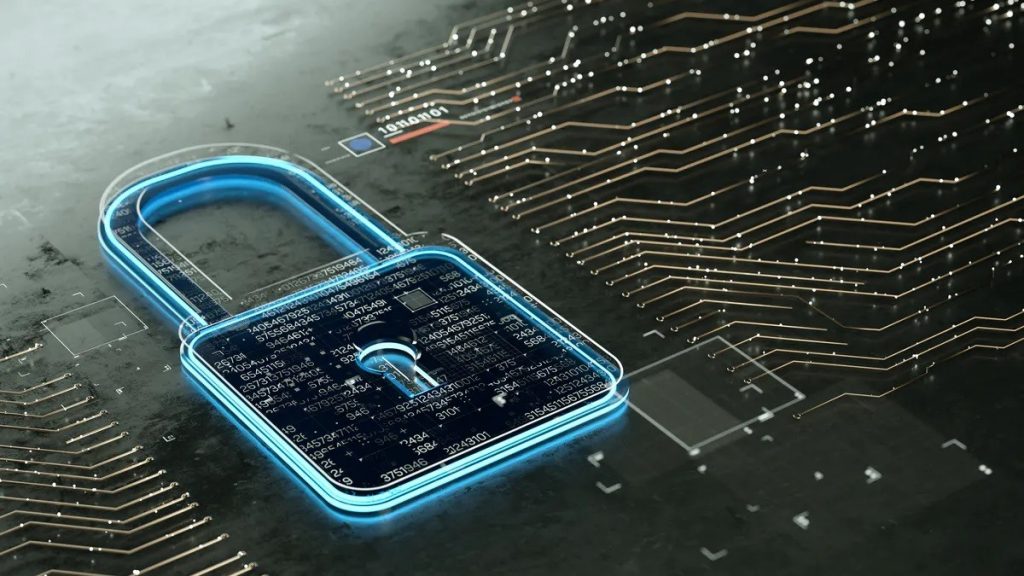Protection of Image Rights in Kenya
Businesses in Kenya have increasingly adopted the art of image-based advertising by using images of well-known celebrities and other personalities to sell their products and services. This is driven by the growing realization of the commercial gain accruing to brands development as consumers are more inclined to buy into a particular product or service on account of the person endorsing it. Unfortunately, there are many instances where the personalities have had their images used without their knowledge, consent or authorization.
Therefore, drawing from the growing popularity of the use of personalities in selling of products and services and contemporaneously in an age where the image of a person can be used and circulated in a matter of seconds, it becomes increasingly necessary to ensure that a person’s image rights are not abused.
Image rights or personality rights were defined in the case of Jessicar Clarise Wanjiru v Davinci Aesthetics & Reconstruction Centre & 2 Others [2017] eKLR as a “person’s right to commercialize aspects of his personality such as physical appearance, pictures or caricatures, signature, personal logos and slogans, and also the right to prevent other people from commercially making use of them”.
Simply put, image rights or personality rights refer to an individual’s proprietary right in their personality and the right to prevent unauthorized use of their name, image, likeness, mannerisms, voice or other attributes associated with them.
There is no uniform global approach to the protection of image rights, or personality in general and Kenya does not have a specific legislation that regulates the use of a person’s image rights per se. Consequently, persons who fall victim of commercial appropriation of their image rights have no clear cut legal remedy at their disposal. Due to the legal lacuna, courts rely on a cocktail of legislative provisions and often times invoke the provisions of the Constitution of Kenya, 2010 (the “Constitution”). The relevant laws that are applied include laws on intellectual property, common law and consumer protection to seek legal redress. Generally, a person’s image rights are recognized and protected under the constitutional rights to dignity (Article 28), privacy (Article 31) and property (Article 40). This Article will highlight the approached taken by Kenyan courts in adjudicating over matters relating to image rights.
Image Rights within the scope of Right to Privacy
Article 31 of the Constitution provides that every person has the right to privacy, which includes the right not to have information relating to their family or private affairs unnecessarily required or revealed. The nature and importance of this right was articulated in the case of JW1 & Another v Standard Group Limited & Another [2015] eKLR where the court opined that, “the right to privacy consists essentially in the right to live one’s life with minimum interference. It concerns private family and home life, physical and moral integrity, honour and reputation, avoidance of being placed in a false light, non-revelation of irrelevant and embarrassing facts, unauthorized publication of private photographs, protection from disclosure of information given or received by the individual confidentially.”
The right to privacy safeguards an individual’s dignity, and proceeds on the premise that this right is intrinsically intertwined with the right to inherent dignity. This inherent right is guaranteed by Article 28 of the Constitution which provides that every person has the inherent dignity and the right to have that dignity respected and protected.
Image Rights as a Property Right
The second aspect in the discussion of Image Rights is discussing these rights in they context of property. The right to property is guaranteed under Article 40 of the Constitution as well as under intellectual property laws including the Copyright Act, No. 12 of 2001 (the “Copyright Act”) and the Industrial Property Act, Number 3 of 2001. Intellectual property rights (IPR), as a property right, allows creators or owners of copyrighted works, trademarks, patents, utility models and industrial designs inter alia to benefit from their own work or investment in a creation or invention and innovation.
The Copyright Act in addressing the issue of ownership of images provides that in order for a person to invoke the protection available under this legislation, the image must meet the requirements set out under Section 22 of the Copyright Act. That is:
- it must be “works eligible for copyright” e.g. literary, musical, artistic, sound recording, audio-visual or broadcast;
- the work must satisfy the idea-expression dichotomy by being (i) original and (ii) reduced into material form.
In as much as it is possible to protect one’s copyright in a work that comprises the image of another person, it is important to distinguish the application of IPR protection in the context of unauthorized commercial exploitation of one’s creation or invention and innovation. This will be highlighted in the cases that will be discussed in this Article. In addition to this, some critical questions with respect to protection available under the Copyright Act when it comes to Image Rights include: to whom does copyright accrue especially when the work to be protected is the image of a person other than the applicant? Does the Copyright Act effectively provide for commercial appropriation of a person’s image in instance where the proprietary right belongs to the artist who captures and reduces the work in a material form? Does it distinguish cases where the work was as a result of a commissioned assignment?
In discussing the practical application of protection of Image Rights, we will seek to answer the foregoing questions and highlight the nexus between copyright in an image and a person’s right to his image rights.
Practical Application of Image Rights
Due to the development in the marketing strategies of companies, use of alternative media and modes of advertising as well as the lacuna in the law, courts in Kenya, through judicial-craft have established jurisprudence to answer the questions above and to provide for the ever changing landscape that touches on issues relating to image rights.
In Rukia Idris Barri v Mada Hotels Limited [2013] eKLR , the learned Judge referred to the South African case of Angella Wells v Atoll Media (PTY) Limited & Another, Western Cape High Court Case Number 11961/2006 where it was held that “the appropriation of a person’s image or likeness for the commercial benefit or advantage of another may well call for legal intervention in order to protect the individual concerned. That may not apply to the kinds of photographs or television images of crowd scenes which contain images of individuals therein. However, when the photograph is employed, as incase, for the benefit of a magazine sold to make profit, it constitutes an unjustifiable invasion of the person’s rights of the individual, including the person’s dignity and privacy, in this dispute, no care was exercised in respecting these core rights.”
Furthermore, courts have in recent judgments includingincluding Jessicar Clarise Wanjiru v Davinci Aesthetics & Reconstruction Centre & 2 Others [2017] eKLR coined three key elements that must be established for a person to succeed in a claim for unlawful use of name or image:
- Use of a protected attribute: the plaintiff must show that the defendant used an aspect of his identity that is protected by the law. This ordinary means a plaintiff’s name or likeness, but the law protects certain other personal attributes as well;
- For an exploitative purpose: the plaintiff must show that the defendant used his name, likeness or other personal attributes for commercial or other exploitative purposes. Use of someone’s name or likeness for news reporting and other expressive purposes is not exploitative, so long as there is a reasonable relationship between the use of the plaintiff’s identity and a matter of legitimate public interest.; and
- Without consent: the plaintiff must establish that he or she did not give permission for the offending use.
In a recent case, of Ann Njoki Kumena v KTDA Agency Limited [2019] eKLR, the court was called upon to determine whether the use of the plaintiff photograph by the defendant in its marketing brochure without the plaintiff’s knowledge and consent amounted to a breach of Articles 28, 31 and 40 of the Constitution of Kenya, 2010. The Court used the three step test and held that the defendant was in violation of the plaintiff’s constitutional rights and therefore entitled to damages.
In conclusion, the efforts made by the judiciary to address the protection of images rights against commercial appropriation must be commended. The Constitution of Kenya plays a critical role in light of the fact that image rights does not fit neatly within the existing statutes related to intellectual property law. In addition to this the Legislature should also formulate adequate laws to cater for this area and borrow best practices from around the world. An example of this would be establishing a registration system for Image Rights which allow one to register a property right in his own image. For example, Guernsey introduced a registration system for image rights. The Image Rights (Bailiwick of Guernsey) Ordinance (IRO) 2012 provides for the registration of personality and any image rights (including rights in characteristics, mannerisms or traits) unique to that personality.
Nonetheless, it is prudent for commercial entities and persons engaging in image-based advertising to enter contracts that address ownership of images and the exploitation thereof to prevent legal tussle upon use of the same. A business keen on using the images of celebrities and other personalities in their marketing campaign should enter into image release agreements, authorizing the use of his or her image. This has worked well for a number of TV productions a case in point being Alfred K’Ombudo V Baileys Weddings with Noni (2014). In this case the plaintiff alleged that he had not authorized the use of his image in a TV show but this was disproved by the executed image-release agreement which authorized the defendant to use the plaintiff’s image for its TV Show.






